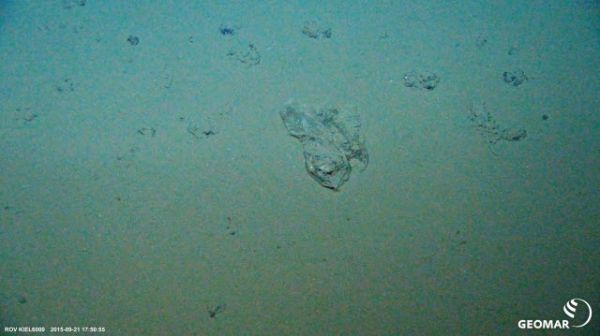Even in the most remote regions of the oceans plastic debris can be found. But usually it is impossible to determine how long they have been lying on the seabed. Up to now, this has also hampered any attempt to estimate how long plastic degradation might take. Scientists led by the GEOMAR Helmholtz Centre for Ocean Research Kiel have now, for the first time, examined plastic items that have verifiably been at the abyssal seabed for more than 20 years. As the researchers publish today in the online journal Scientific Reports, they could not find any traces of fragmentation or even degradation.
Plastic products are durable. On one hand this is a great advantage, but on the other hand, if the plastic enters the environment, this advantage turns into a problem. According to current knowledge, natural degradation, as with organic matter, does not take place. It can only be estimated, how long plastic debris actually remains in the environment. Corresponding long-term experiments are lacking.
This applies particularly to the deep sea that is only poorly explored itself. Plastic objects that are found by chance with the help of deep-sea robots or other underwater vehicles are difficult to date.
Continue reading at GEOMAR Helmholtz Centre for Ocean Research Kiel
Image via GEOMAR Helmholtz Centre for Ocean Research Kiel


